This post is also available in: ![]() Português
Português
The Trans-Siberian is the biggest railway in the world. It is also the dream of 9 out of 10 backpackers we have met in our travels. The original route is from Moscow to Vladivostok. It goes through 7 different time zones, 9289km (5806 miles) in a 7 days trip.
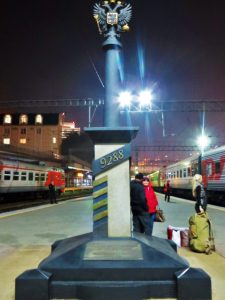
But what makes the Trans-Siberian travel so special?
We cannot answer for all. In our case, we always wondered how it would be to cross the biggest country in our planet by train. We thought of crossing the intriguing Siberia, an isolated zone with freezing areas where temperatures reach below 50oC (-58oF) over the winter.
Furthermore, we know little about Russia and the Russians (and if you are interested in some real curiosities we found about them, read it here!). During the Cold War, the information which reached the “west” about the Soviet Union was always twisted and negative. For this reason, why not checking it out with our own eyes?
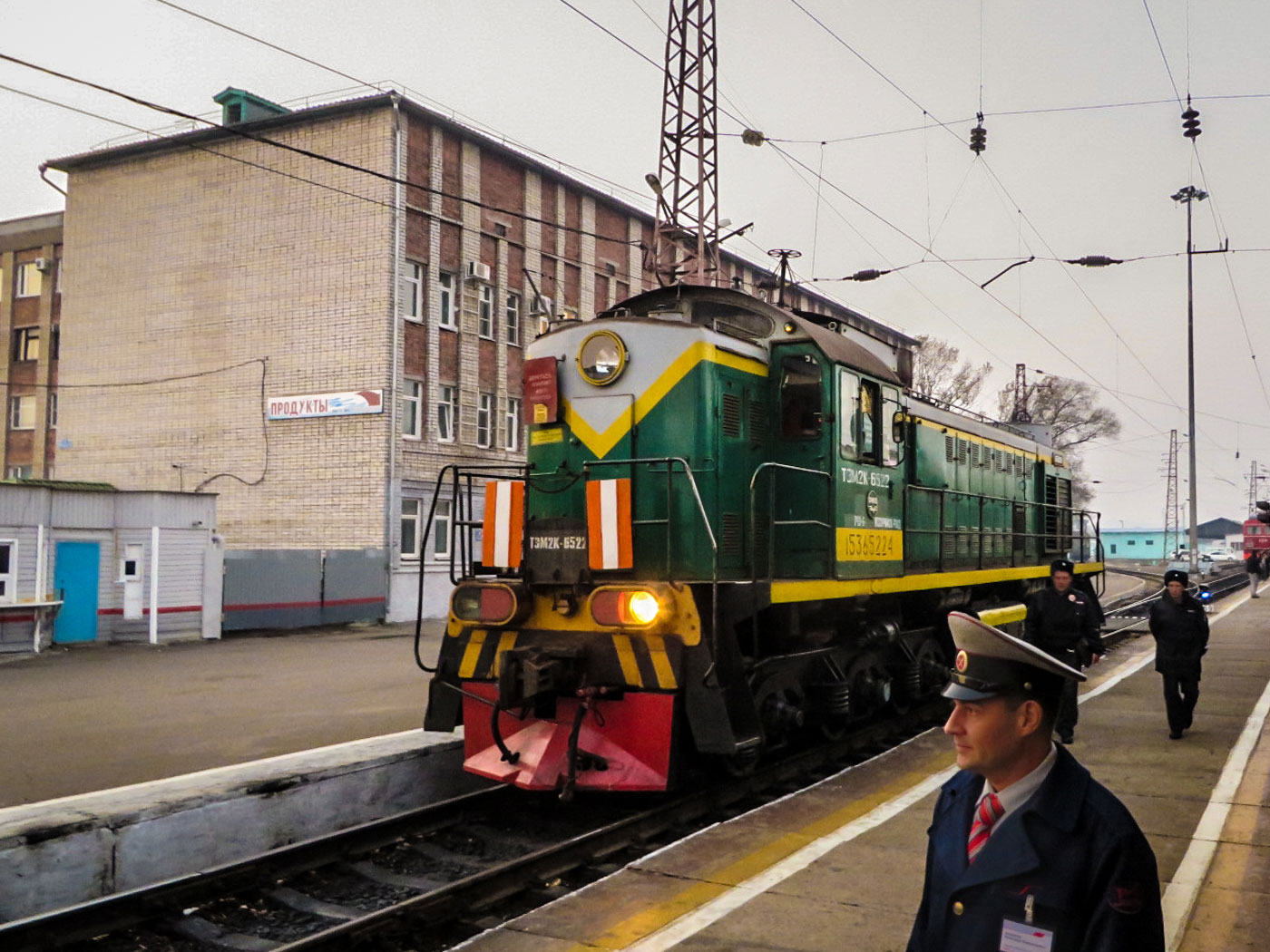
And what is the Trans-Siberian travel?
There are a lot of misunderstanding when it comes to the Trans-Siberian travel. Some people think it is only a train doing one route and with difficult and restrict access. It isn’t quite like that.
The Trans-Siberian is nothing more than a train trip used by locals to commute from one place to another, with many stops along the way. You can start your trip from wherever you are (including London, actually!) and end up wherever is more convenient to you. The three final destinations are:
1) Vladivostok, at extreme east Russia, facing Japan;
2) Ulaanbaatar, Mongolia’s capital city; or
3) Beijing, in China. It will all depends of whatever you are looking for in your trip.
- Here it is our tip: Crossing borders with the train will make your trip much more expensive.
Is the Trans-Siberian Railway worth going?
For us, very much! And what makes it so interesting?
A mix of the adventure of crossing from one end to the other the biggest country on earth through the largest railway ever built and, mainly, the Russian hospitality!
Many people have the image that Russians are obnoxious and rude, a stereotype reinforced by many Hollywood films. But let’s leave this media puerility aside and talk business here: They are really friendly!
Throughout our travel, many passengers – including the Russian army, who are always present in the Trans-Siberian journey as they have discount on the tickets – offered us food, tea, coffee, cigarette and, undoubtedly, vodka.
Unlike many people think, Russian culture is very hospitable and the former Soviet Union remnants are still evident, providing them a strong sense of community which impressed us.
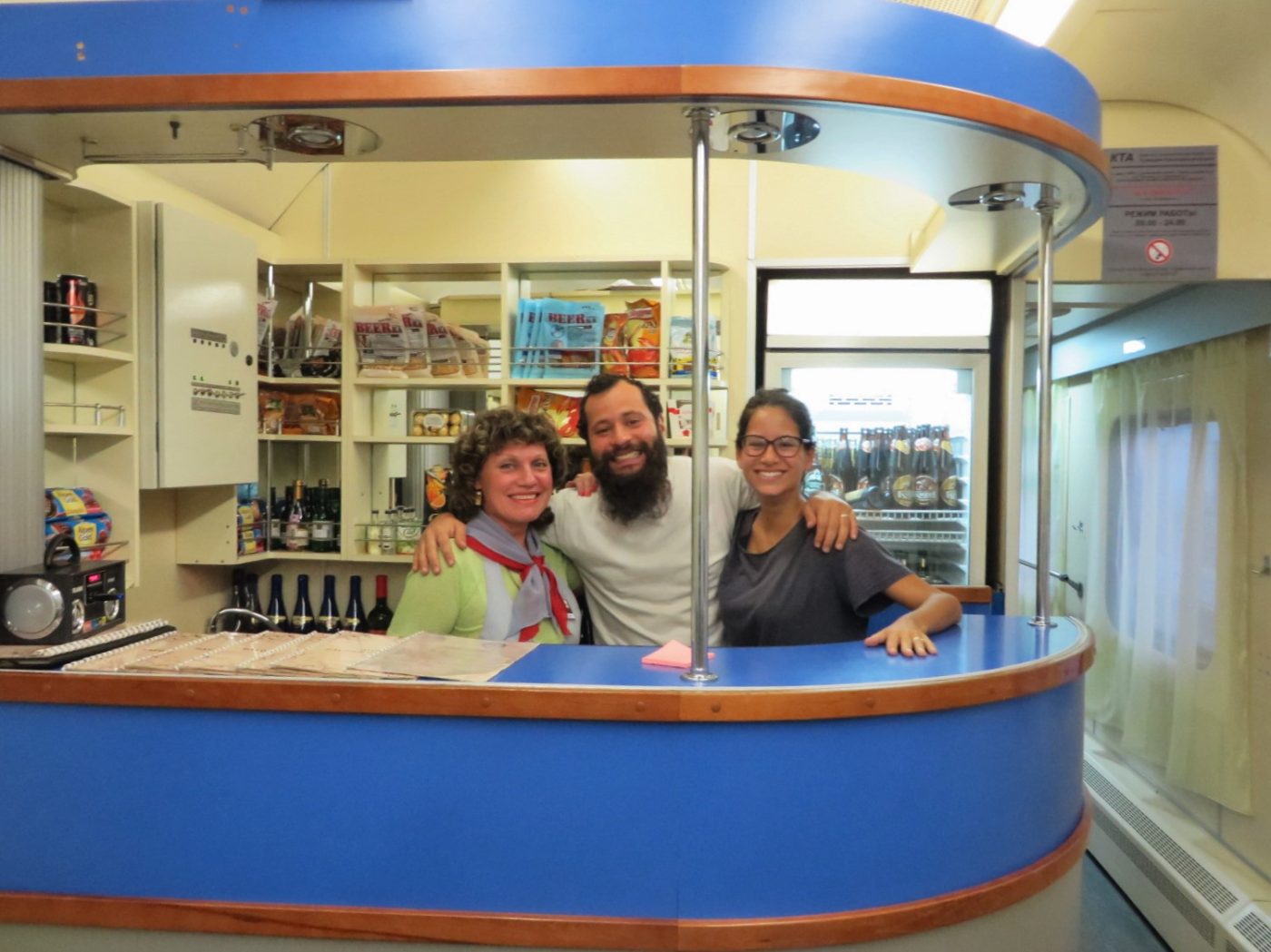
The landscape isn’t really the highlight of the trip as it offers much of the same, which in our case was: snow, mountain, trees, snow, snow, houses, villages, snow, and snow.
Oh, and the beds, as incredible as it might sound, they are quite comfortable. Moreover, the train swing makes any nap into a hibernation. Awesome!
Buying the tickets to the Trans-Siberian
We bought our tickets online. We used the official website rzd.ru (the site isn’t the easiest one to use, even the Russians feel confused sometimes when using it, thus, go straight to this link http://pass.rzd.ru/main-pass/public/en).
Before, buying a train ticket not speaking Russian was an almost impossible mission. However, after the Sochi 2014 Winter Olympic Games, many things were translated into English, including this website!
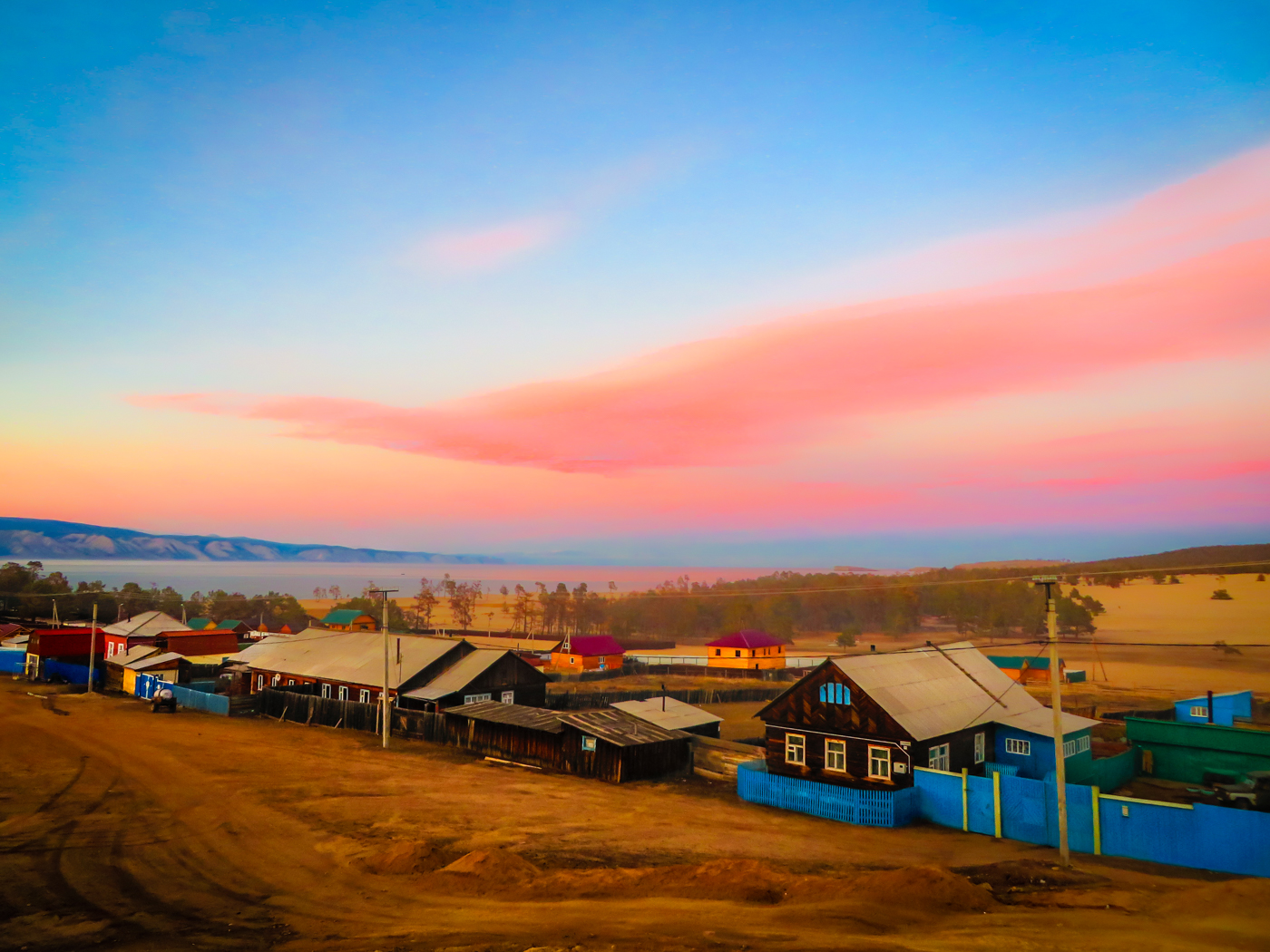
Today, as complicated as it still is, all the information is there. And that includes advises and tips such as:
- You will pay more depending on the station you are departing
- or the bed you chose (up or down)
- the number of buyers
- the train’s type
- the class, and so on. We will say in more details below.
You can also buy the tickets at the train stations, though you will hardly find a staff who speaks English to help you out. You also have the option to buy it at the machines in the train stations which offer the service in English as well. We heard that buying tickets online is more expensive, however we are not able to confirm it as at least for us they seemed to have the same price.
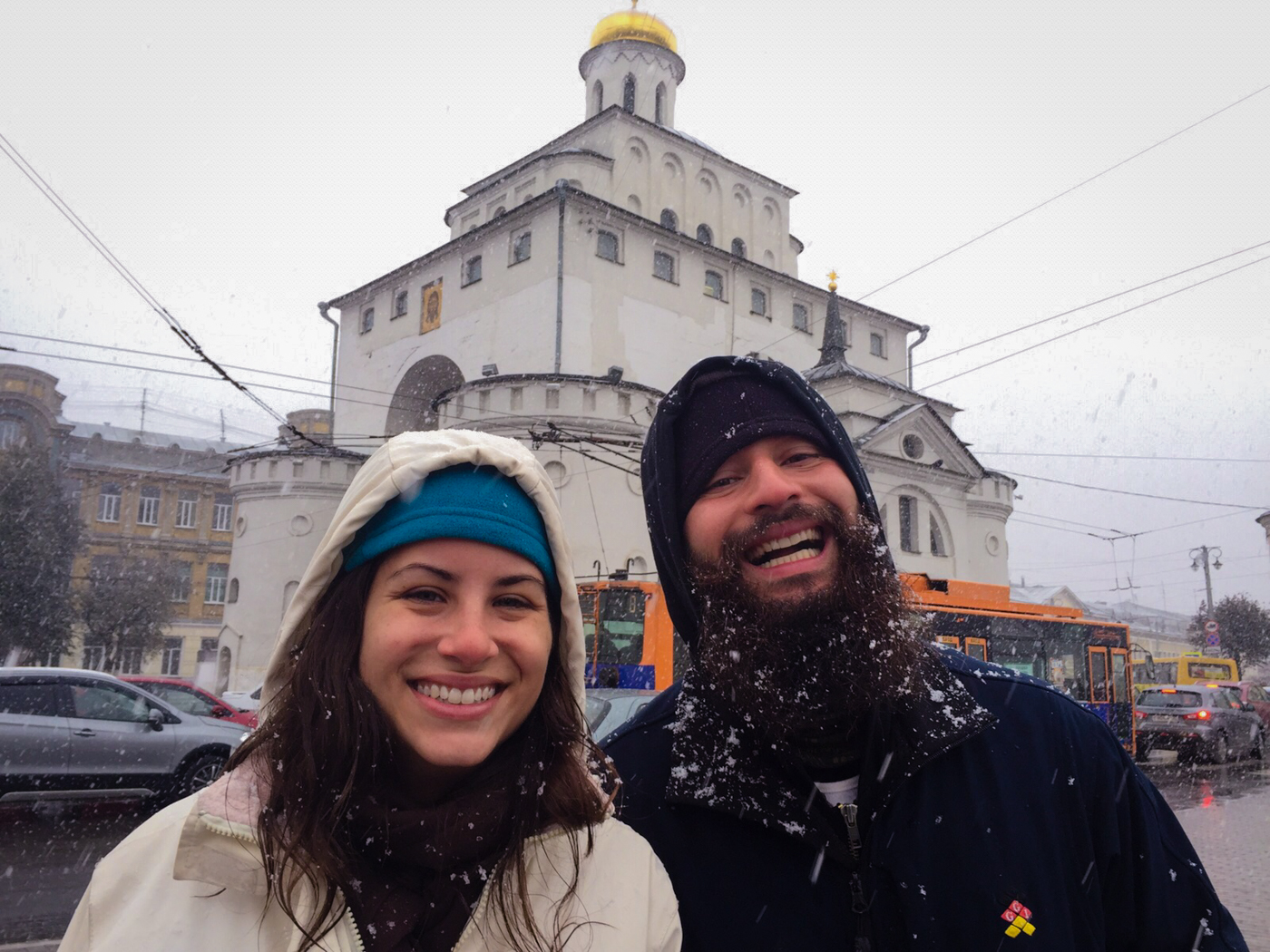
Should I contact a specialised travel agency?
There are many people who opt to buy the tickets through a travel agency, particularly travellers who need the visa to go to Russia. Brazilians do not need visa, so do not waste money with the middle man. In case you can apply for your visa separately than the train’s tickets, we advise you to buy the tickets on your own in order to save money.
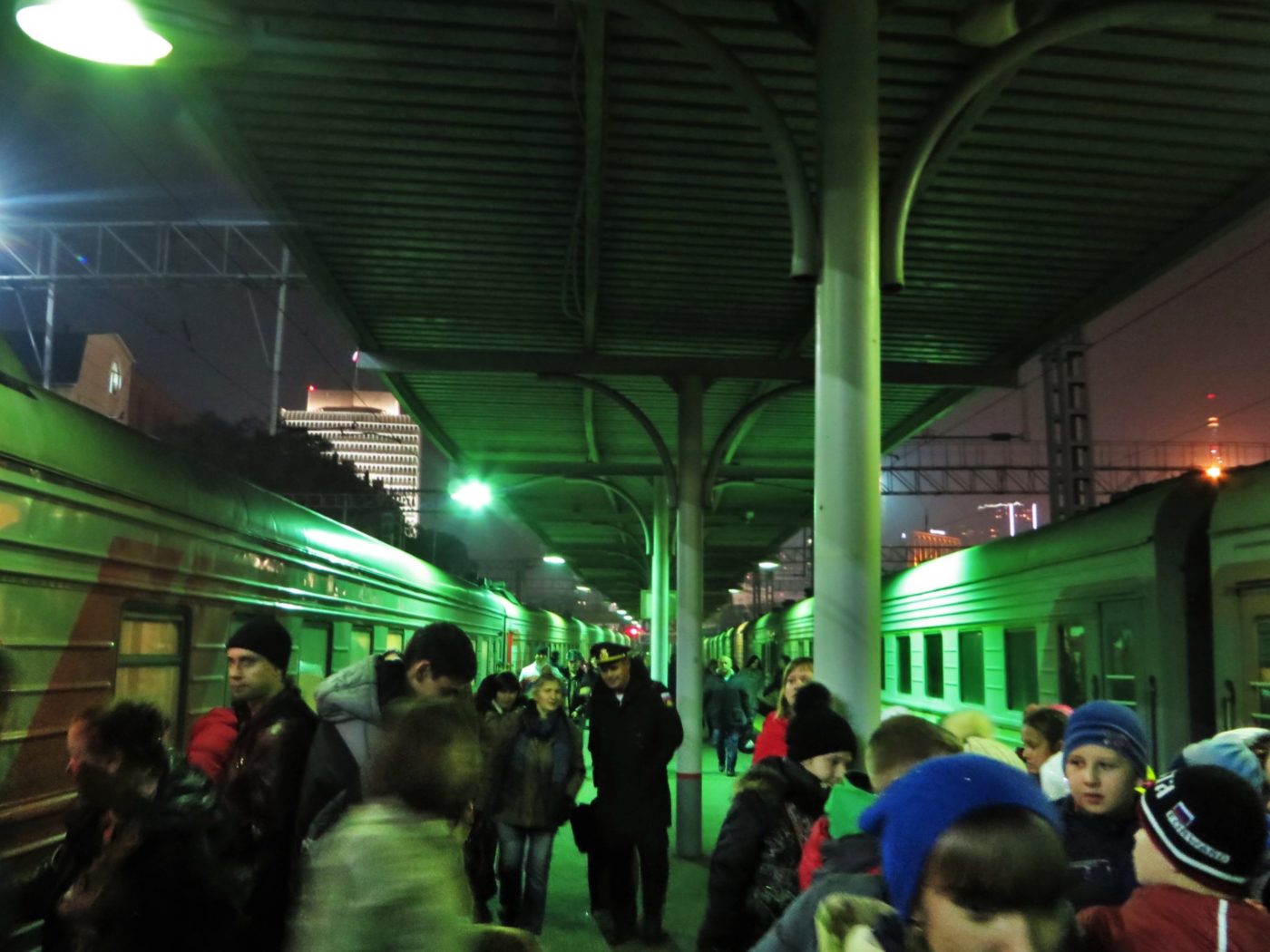
Should I buy the tickets in advance?
We bought our tickets always with no more than three days in advance and had no problems at all regarding availability. There are many trains going to the same route and the majority of Russians only go for a short-distance trip. It is only tourists who want to do the Trans-Siberian route because they simply want to, the majority of Russians would take a plane – we were even asked if we were crazy because we wanted to cross Siberia on a train. We heard that the demand for tickets increases over the summer, so it might be a good idea to buy them a few days in advance to avoid undesired surprises.
By the way, the online booking requires you to make a registration and your ticket will be emailed to you. Note, you better have it printed off when boarding.
The train and the coach
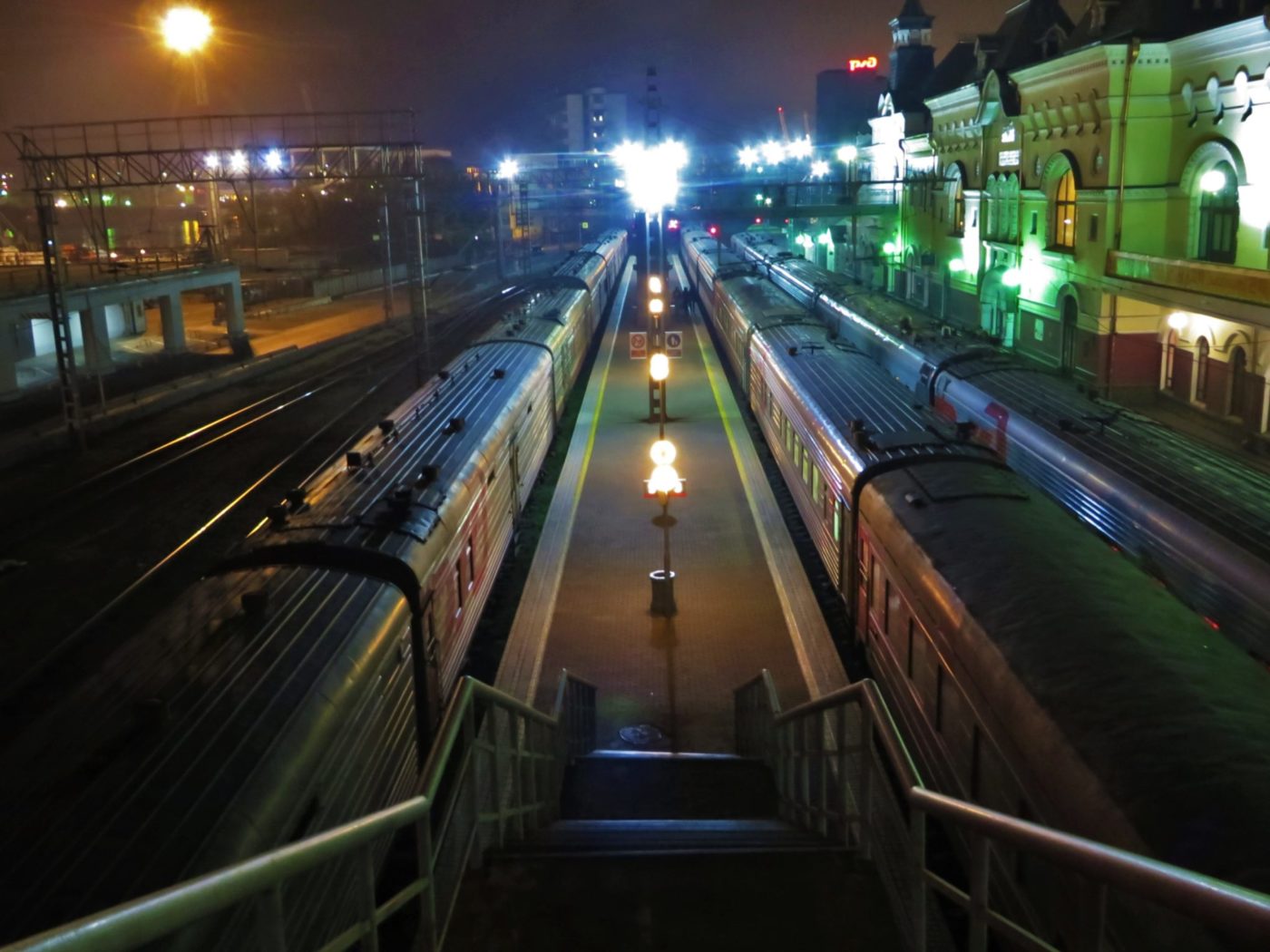
If you are making a short-distance trip, your first selection will be the train you will take. But, if your destiny is not so near your departure, you will be obliged to take the long-distance train.
Short-distance train: Mostly known as commuters – are generally slower and do not have beds. They are also more difficult to buy online as you will have to know the name of the train station you will alight instead of the name of the city.
Long-distance train: There are some trains which are faster and more modern than others, consequently more expensive too. The slower and less modern ones will be cheaper.
Once you have chosen the train you will travel in, then you will choose the coach, which means, the class.
Which class to travel?
There are three couches’ options: 1o, 2o and 3o class, classified into reserved seats (3o), compartments (2o) and soft (1o).
Reserved seats or 3o class: They are a 9 cabin coaches with 6 beds in each cabin with practically nothing separating one from the other, thus a total of 54 beds.

The 6 beds cabin are formed by 2 bunk-beds with a table in between at the left side of the train and 1 bunk-bed towards the aisle at the right side of the train, where the inferior bed turns into a table.
There are one toilet, sometimes two, at the end of the aisle. There are no showers, though it can be arranged if the coach-maid understands you, as well as paid for, obviously.
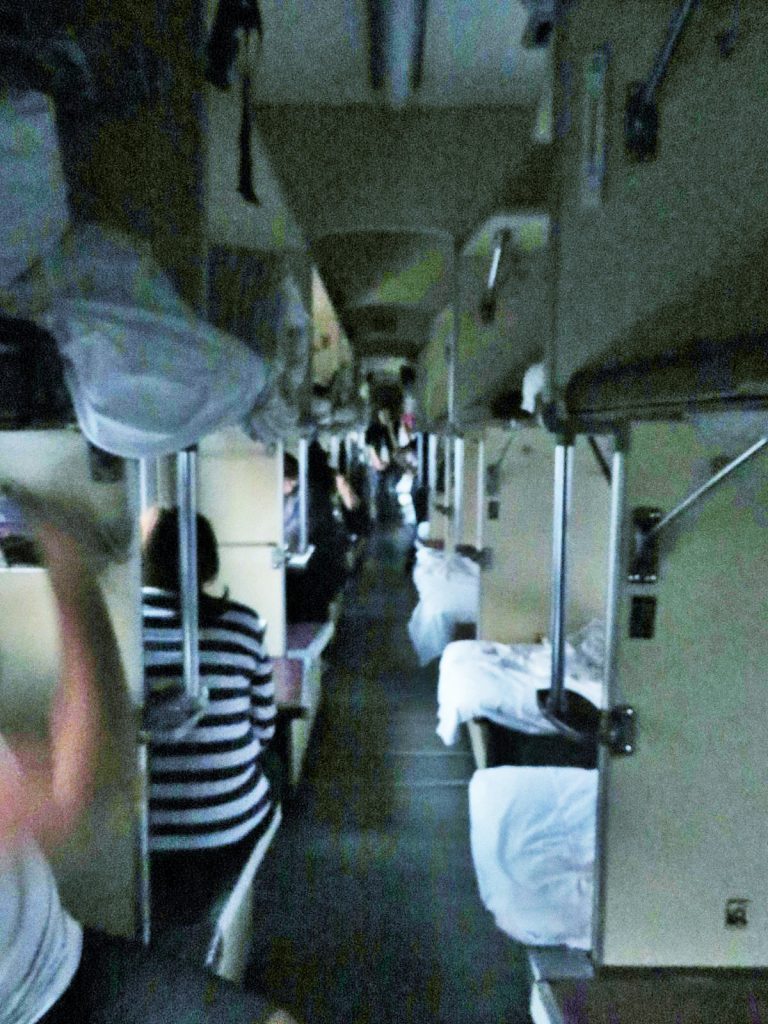
There are also no plugs on the beds, just one in front of each toilet. However, there is normally a plug at the bed before the last one, at the right side where is only on bunk-bed, which will provide the comfort of charging your gadgets without having to stay there watching it.
There also is a big metal tank where you can have hot water as much as you want for your tea, coffee and instant food (do not forget your noodles!).
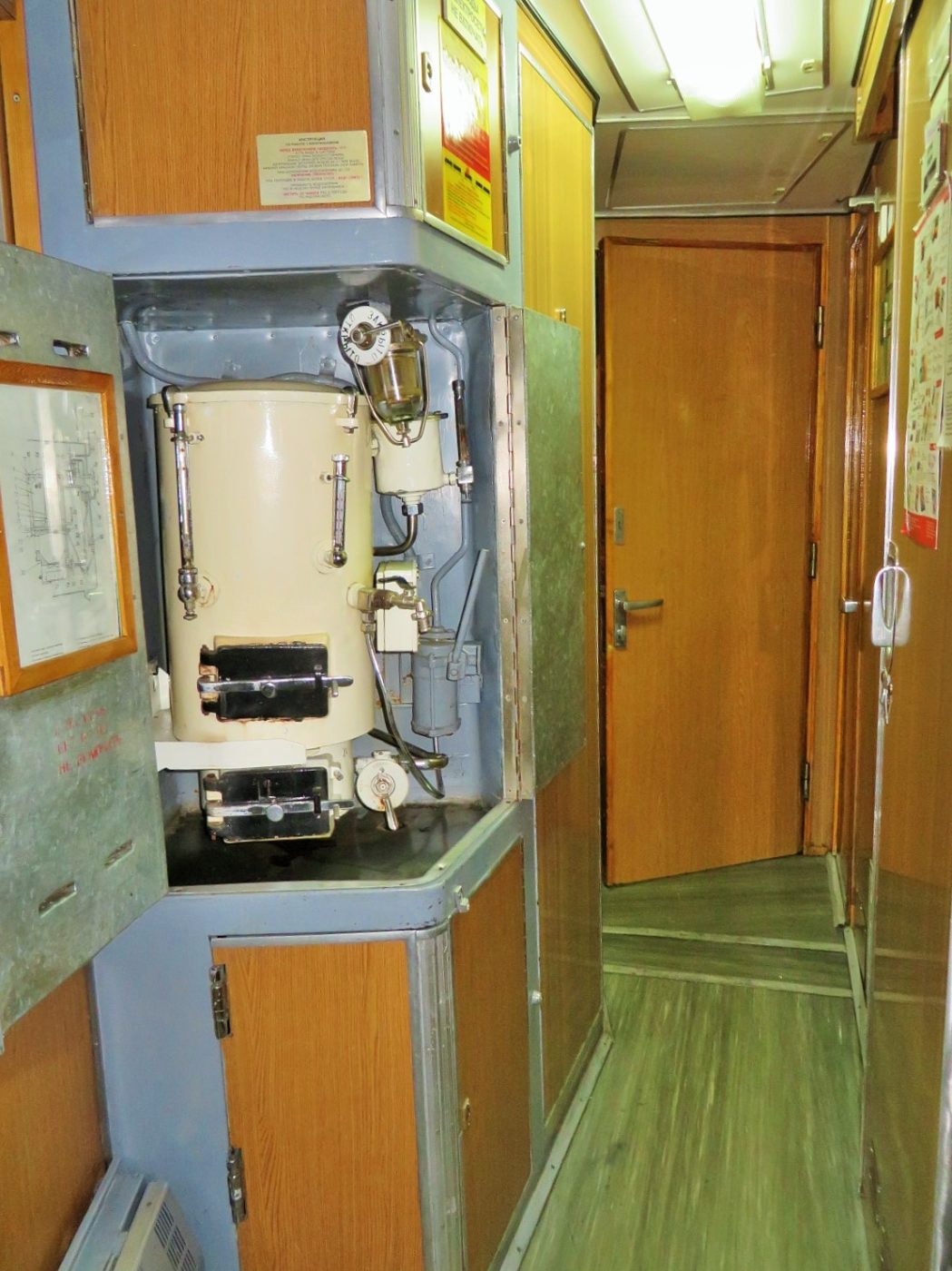
Advantage: A lot cheaper than other classes and lot easier to interact with Russians.
Disadvantages: There is not much privacy; possibly spending a night or two hearing people’ snores; when leaving the coach and come back, you will note the weird smell in there; in case of having booked the superior bed, relying on the person below you to use the table and sit down. But do not worry, Russians are always sharing!
Compartments or 2o class: They are also a 9 cabin coach. But with 4 beds each and separated with doors. Thus, 36 beds in total. There are 2 bunk-beds in each bedroom and a table in between, plus the door.

Advantage: It will provide you with more privacy and security. The interaction with your roommates is more likely to be deeper than the third class, as you will be sharing the same closed space.
Disadvantage: You will still share your space with other people, in case this is a disadvantage. We have also heard that it can be a little claustrophobic as it is small and closed. And hope for your roommates to be nice as you will spend probably a long time sharing the same space.
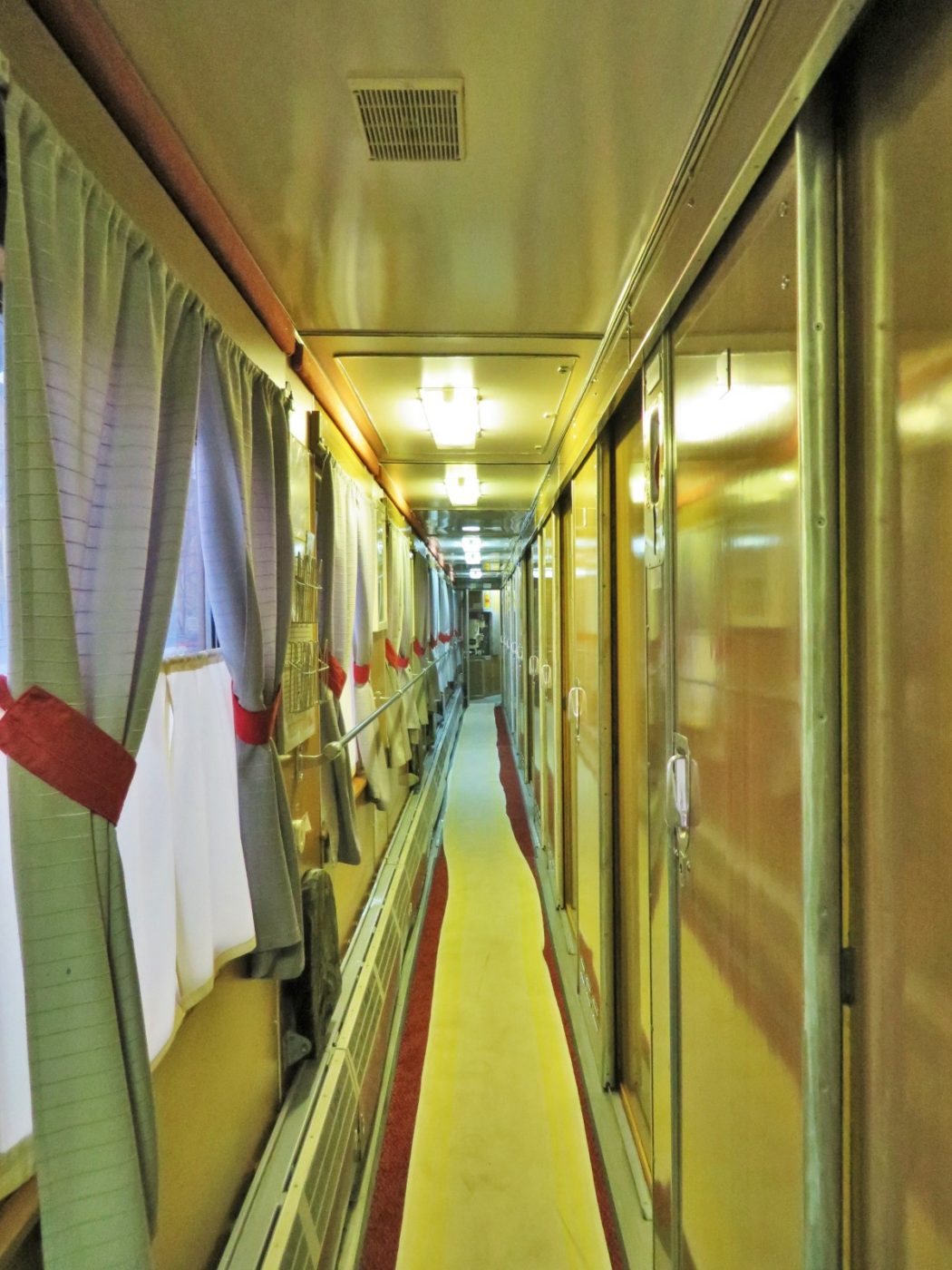
Soft or 1o class: This is a coach with only 8 divisions like bedrooms. However, with two beds only in each room and doors.

Advantage: Your privacy and security are practically guaranteed, besides access to shower and room service.
Disadvantage: You will pay 5 or 6 times more than the 3oclass and almost no interaction whatsoever with other passengers.
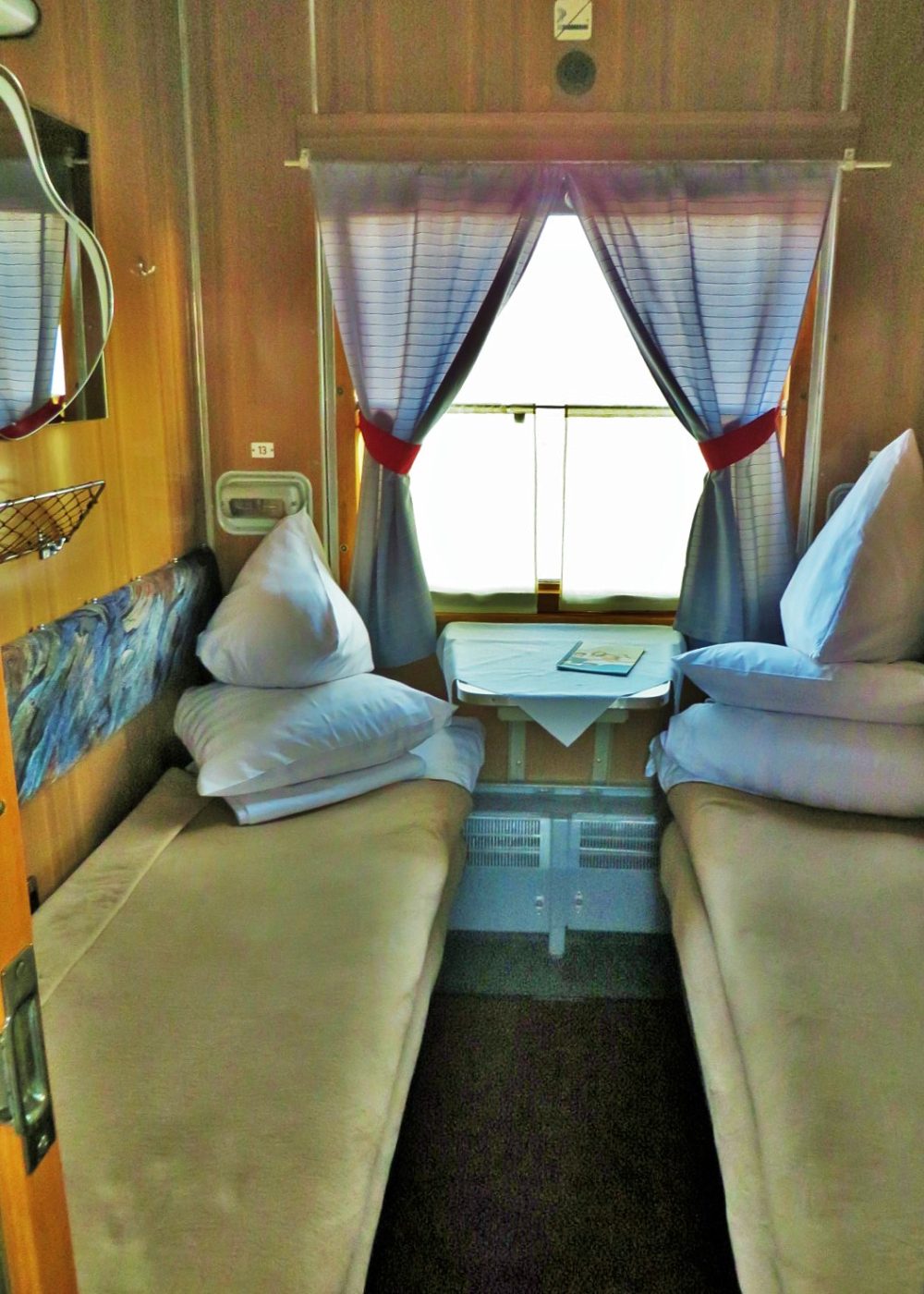
- All trains have a restaurant and bar, normally at the last (or first) coach. The access to all coaches is free and you can walk up and down if you feel like.
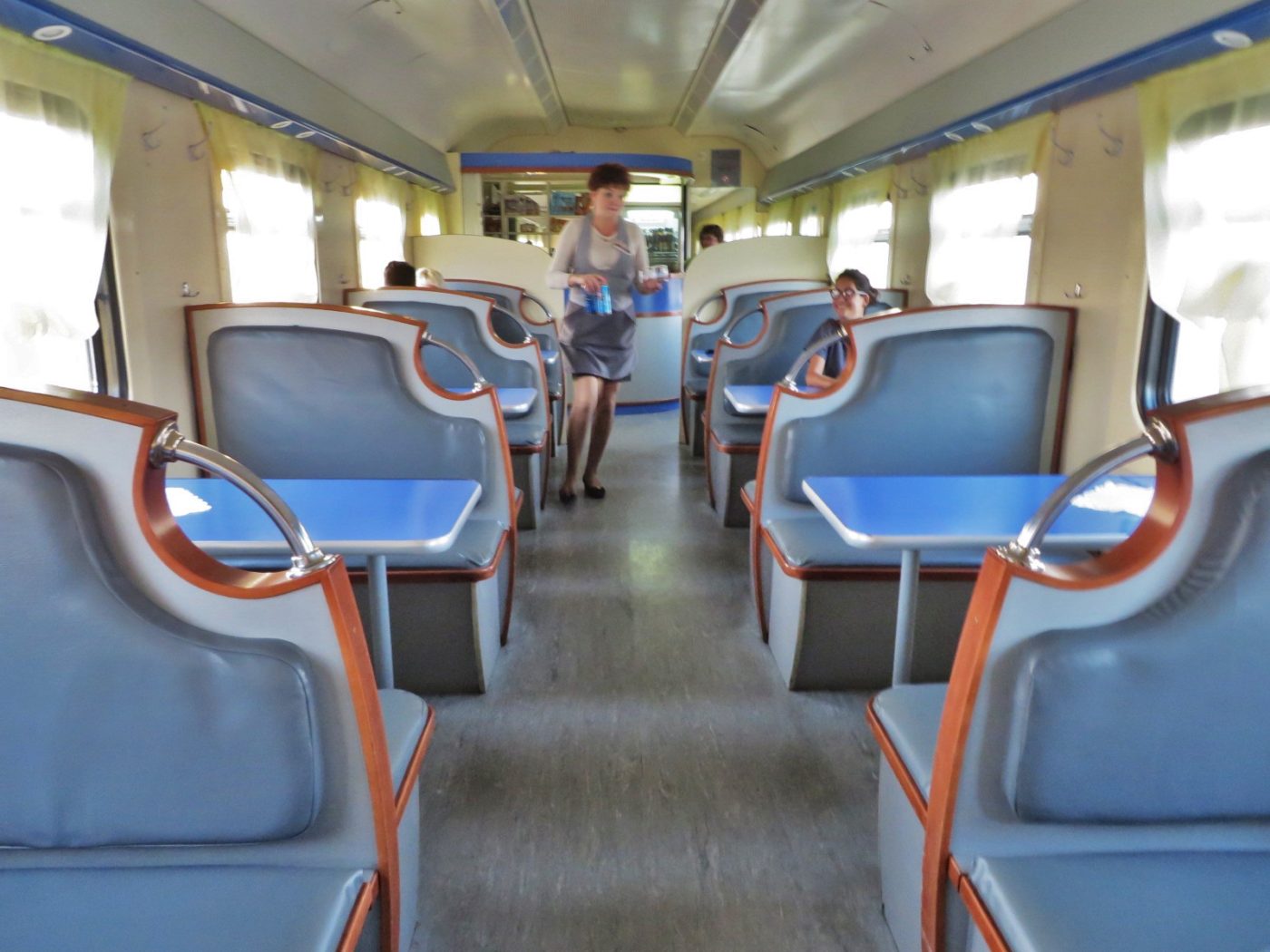
How much does it cost the Trans-Siberian travel?
As said previously, there are a lot of variants which affect the ticket’s price:
- The train (long-distance or commuters);
- the speed of the train (the faster and more modern ones are more expensive, just look at the time duration of the trip);
- the coach (which means, the class);
- the bed (superior is cheaper and inferior is more expensive);
- the number of passengers;
- the departure station (some cheaper than the others, watch out for that);
- choosing the bed sheets (when travelling third class, you can opt out for the bed sheets and have your tickets slightly cheaper);
- and obviously, your final destination.
The season will also influence the price of your ticket. It is more expensive over the summer than over the winter.
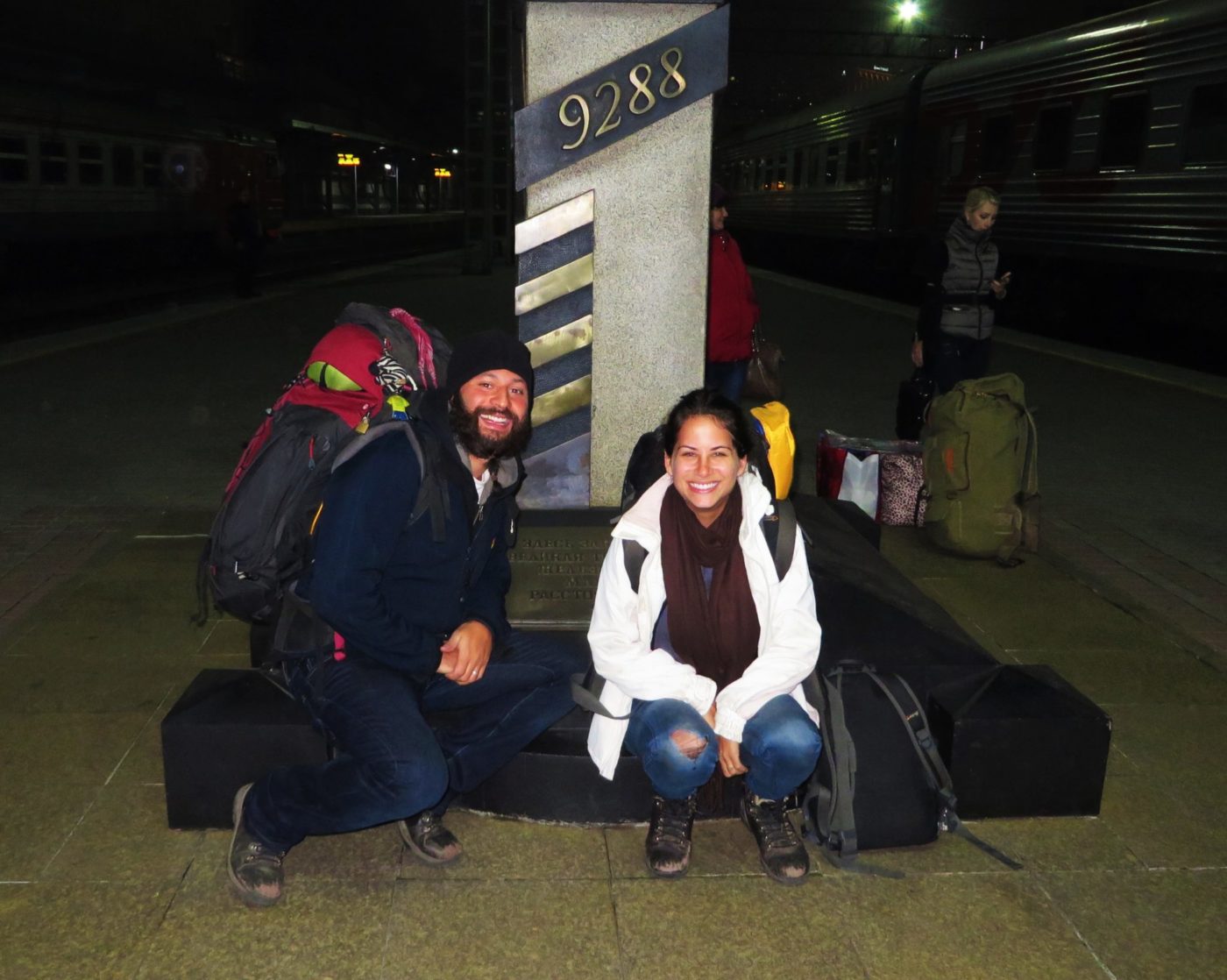
We travelled in October, autumn, and paid:
St. Petersburg to Vladimir (12h) = fast long-distance train, third class, superior and inferior bed (full bunk-bed) at the right side of the train where there is only one bunk-bed – RUB 1,100.00 (US$18).
Vladimir to Irkutski (72h) = fast long-distance train, third class, superior and superior bed, both at the right side of the train where there is only one bunk-bed and without bed sheets – RUB 5,606.90 (US$ 91.91).
Irkutski to Vladivostok (72h) = slow long-distance train, third class, superior and inferior bed (full bunk-bed) at the right side of the train where there is only one bunk-bed and without bed sheets – RUB 3,526.00 (US$ 57,80).


